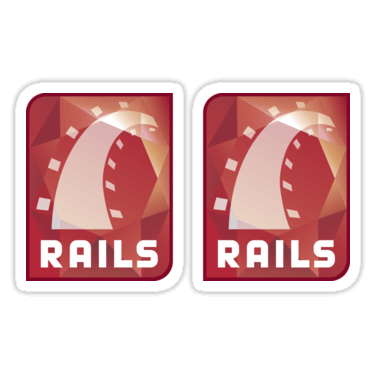


What if you could spin up your Rails, PostgreSQL, Redis, and Sidekiq stack in about 5 seconds? What if as a consultant or freelancer with 10 Rails projects, you had everything you needed isolated for each project without needing to waste precious SSD disk space? What if you could develop your Rails application in isolation on your work station without using RVM or chruby, and changing Ruby versions were super easy? Docker is very lightweight-it typically takes a few milliseconds for a container to start, and running a container doesn’t use much disk space at all. It also takes many seconds to boot-up a virtual machine, and each VM can potentially be gigabytes in size.ĭocker containers share your host’s kernel, and isolation is done using cgroups and other linux kernel libraries. They allow you to isolate services, but there are a few major differences that make virtual machines much less efficient.įor starters, you need to have an entire guest operating system for each application you want to isolate. You may have used Vagrant, VirtualBox, or VMWare to run a virtual machine.


What Makes Docker Different from a Virtual Machine The Docker image contains the code, runtime, system libraries and anything else you would install on a server to make it run if you weren’t using Docker. This unit is typically labeled as a Docker image.Įverything the application needs to run is included. The SCGI protocol is a replacement for the Common Gateway Interface (CGI), such as FastCGI, but is designed to be easier to set up and administer.TomFern / dockerizing-ruby What is Docker?ĭocker allows you to package up an application or service with all of its dependencies into a standardized unit. The solution demonstrates starting an application in Instant Rails using the WEBrick web server, but Instant Rails also ships with the SCGI module for Apache. It comes with Ruby, Rails, Apache, and MySQL if the configuration hasn't been taken care of already, Instant Rails makes configuration as painless as possible. Instant Rails is an extremely convenient solution for running a Rails development environment on a Windows desktop machine. The Instant Rails application management windowĪccess the application in your browser with To view the scaffolding you created for the cd's table use Discussion Figure 1-3 shows the options available in the application management window. To start the demo application, check the box next to it and click Start with WEBrick. To start your applications, open the Rails application management window, and check the application that you want to run. To execute a command in the scripts directory, pass the path to the command as an argument to the Ruby binary:Ĭ:\InstantRails\rails_apps\demo> ruby script\generate scaffold cd To create scaffolding for a cds table that you've created in your database, open a Rails console window, and navigate to the root of the project. Now you can start building your Rails application. You'll need to create these databases in phpMyAdmin you must also create a user named "root" with no password. The default databases for the demo application are demo_development, demo_test and demo_production. This launches phpMyAdmin in your default browser with the URL of. From the I, select Configure → Database (via phpMyAdmin). The next step is to create and configure your databases. Type the following command to create an application called demo: To create a new Rails application, click on the I and select Rails Application → Open Ruby Console Window. Clicking the I graphic in this window displays a menu that serves as the starting point for most configuration tasks. When it starts, you'll see the Instant Rails status window. To launch Instant Rails, navigate to that directory, and double-click the InstantRails.exe executable. Unzip the archive you downloaded, and move the resulting directory to a file path containing no spaces, such as C:\rails\InstantRails. You can get the latest release at the Instant Rails RubyForge page at. Solutionĭownload and install Instant Rails to get Rails up and running quickly in a Windows environment. You'd also like the entire installation to exist in a self-contained and isolated environment, so that you don't need administrative privileges to install it, and it won't conflict with any software already installed on the box. You develop on a Windows box, and you'd like to install and configure Rails and all its dependencies at one time. Ruby Running Rails in Windows with Instant Rails Running Rails in Windows with Instant Rails Problem


 0 kommentar(er)
0 kommentar(er)
